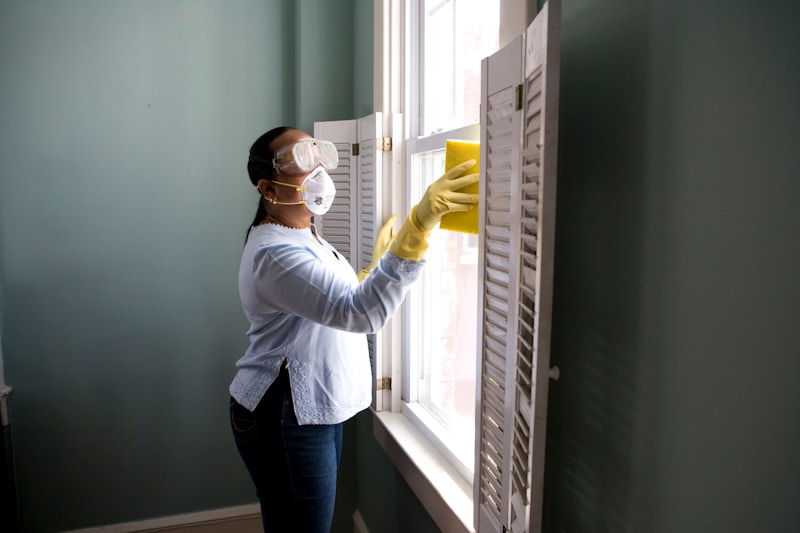Essential Guide to Bridal Gown Preservation and Care Tips
Essential Guide to Bridal Gown Preservation and Care Tips
Bridal Gown Preservation: Keep Your Dream Dress Flawless
Every bride desires her wedding gown to be a symbol of love, joy, and cherished memories. After the vows are exchanged, your gown transitions from a spectacular piece of clothing to an irreplaceable keepsake. To ensure your dress remains in impeccable condition for years to come, it's essential to understand the proper preservation and care tips. Below, we delve into the best practices for bridal gown preservation, addressing common questions, and providing valuable insights for every bride.
Understanding Bridal Gown Preservation
Bridal gown preservation involves not only cleaning your gown after the wedding but also storing it in a way that prevents any potential damage. Many brides have questions about how to handle their gowns post-ceremony. Here’s a closer look at what you need to know.
Why is Bridal Gown Preservation Important?
Bridal gown preservation is important for several reasons:
- Memories: The gown is a reminder of one of the most significant days of your life.
- Value: A well-preserved gown retains its value over time, making it potentially wearable or sellable in the future.
- Wear and tear: Proper care prevents degradation of the materials, including fabrics and embellishments, which can deteriorate over time.
Step-by-Step Bridal Gown Preservation Process
Now that we understand the importance of preservation, let’s discuss the steps involved in maintaining your gown’s pristine condition.
| Step | Description |
| 1. Cleaning | Choose a professional dry cleaner who specializes in wedding gown cleaning. |
| 2. Inspecting | Examine the gown for stains or damages and address them before preservation. |
| 3. Packing | Wrap the gown in acid-free materials to protect it from yellowing and fading. |
| 4. Storing | Store the gown in a cool, dark, and dry place away from direct sunlight. |
| 5. Regular Check-ups | Inspect the gown periodically to spot any damages or changes. |
Best Cleaning Tips for Your Bridal Gown
The cleaning process is crucial in bridal gown preservation. Here are some detailed tips to help you:
1. Find a Trusted Cleaner
Seek a professional cleaner who specializes in bridal gowns. Look for reviews or ask for recommendations to ensure quality service.
2. Consider Timing
Ideally, have your gown cleaned within a week after your wedding. The longer you wait, the more time stains have to set.
3. Don’t Attempt DIY Cleaning
While it might be tempting to clean the gown yourself, professional services are often the best choice to avoid accidental damage. For instance, various fabrics require specific cleaning methods, and some embellishments may be too delicate for home treatment.

Storing Your Gown: Best Practices
Once your gown is clean, proper storage is key. Here’s how to store your gown effectively:
1. Use Acid-Free Materials
When packing your gown, use acid-free tissue paper or muslin to wrap it. This minimizes the risk of yellowing over time.
2. Choose the Right Container
Store your gown in a breathable garment bag or a specially designed wedding gown preservation box to allow air circulation while minimizing exposure to dust and light.
3. Avoid Plastic Covers
Avoid plastic covers, as they can trap moisture and lead to mold growth. Always opt for natural materials that promote breathability.
Conserving Embellishments and Fabrics
Wedding gowns are often adorned with various embellishments, from lace to sequins, all of which require special considerations:
1. Be Mindful of Weight
Heavy embellishments can cause stress to the fabric. If your gown comes with a train, ensure it is supported well while stored.
2. Inspect Regularly
Make it a point to check your gown every six months for any signs of distress. This proactive approach can help you catch issues before they escalate.
Frequently Asked Questions (FAQs)
1. How much does bridal gown preservation cost?
The cost of bridal gown preservation can vary significantly based on location and the gown's details, ranging anywhere from $150 to $500. It’s wise to obtain quotes from different cleaners and check what services they provide.
2. Can I wear my gown after preservation?
Yes! Many brides wear their preserved gown for special occasions, such as anniversaries or vow renewals. Just ensure the gown is adequately maintained and stored.
3. How long does gown preservation last?
With proper care and storage, a wedding gown can be preserved indefinitely. However, it’s essential to check on it regularly to maintain its condition.
Conclusion
Bridal gown preservation and care tips are essential for every bride who wishes to keep her cherished dress as a memory of her special day. From professional cleaning to proper storage techniques, following these guidelines ensures your gown remains a symbol of love and happiness for many years to come. As you embark on this journey of preservation, remember that the right care can not only maintain the dress's physical appearance but also its sentimental value. Always choose professionals when in doubt and be proactive about inspections to enjoy your beautiful wedding gown for generations.
